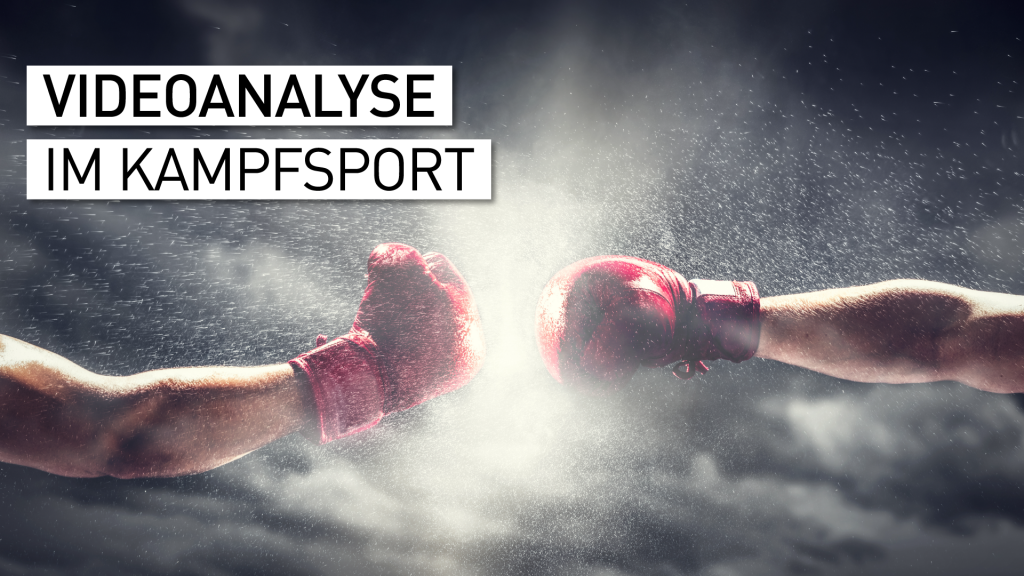
Martial arts has been gaining popularity for several years. Many practice martial arts because they want to improve their physical fitness, endurance or discipline.
In addition, self-defense can be an argument for practicing a martial art: One has the hope to be able to defend oneself in dangerous situations.
But what does martial arts mean anyway? What are the most popular martial arts and what distinguishes them? What opportunities does the use of video analysis in martial arts offer, e.g. with the help of video analysis software? Here's an overview.
What is martial arts?
Martial arts are all sports with elements of a fight (e.g., punches, holds). But in these sports - usually performed as duels - weapons are not usually used for competition or self-defense.
One of the top priorities is to abide by the rules in place. In addition, protective equipment is used to minimize the risk of injury during the practice of the sport.
Martial arts is about using the power of the opponent against him or for himself. The whole body is used - in direct contact with the opponent. Besides the sporting side, martial arts also help with mental and educational education or contribute to stress reduction.
Among the best-known martial arts are wrestling, (kick)boxing, karate and judo. The martial arts differs from the martial arts, which deals in particular with self-defense and practiced movement patterns, by its ostensible competition thought.
These are the most commonly practiced martial arts
1. Wrestling
In wrestling, the goal is to force the opponent onto the mat so that both of his shoulders rest on the ground. The rules given in the process are to ensure that techniques do not cause harm to the wrestlers.
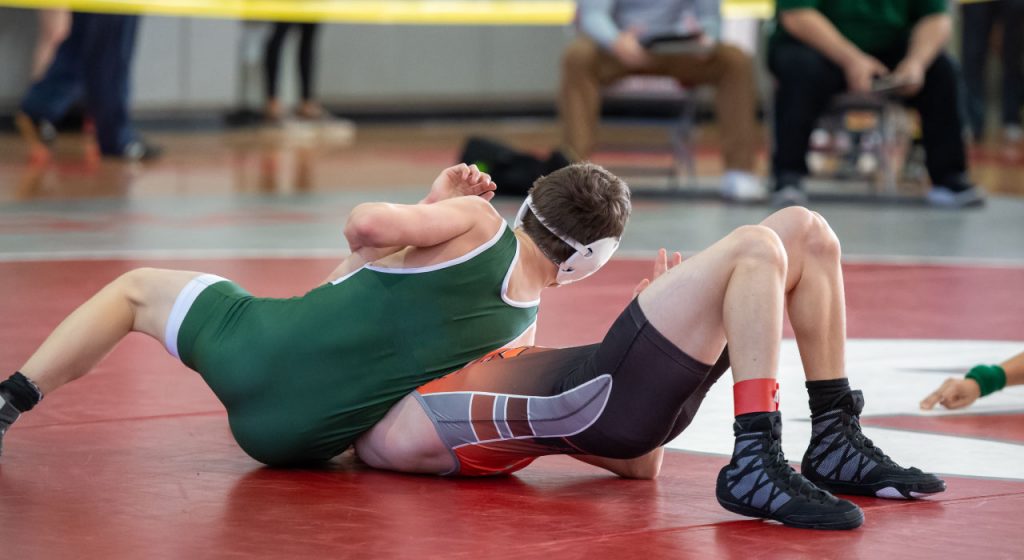
2. Boxing
The boxing match - held in a boxing ring - takes place between two boxers from the same weight class who compete against each other as opponents. Here, too, there are clear rules: The boxers are only allowed to use their fists, any other kicks or punches are forbidden. A distinction is made between amateur and professional boxing.
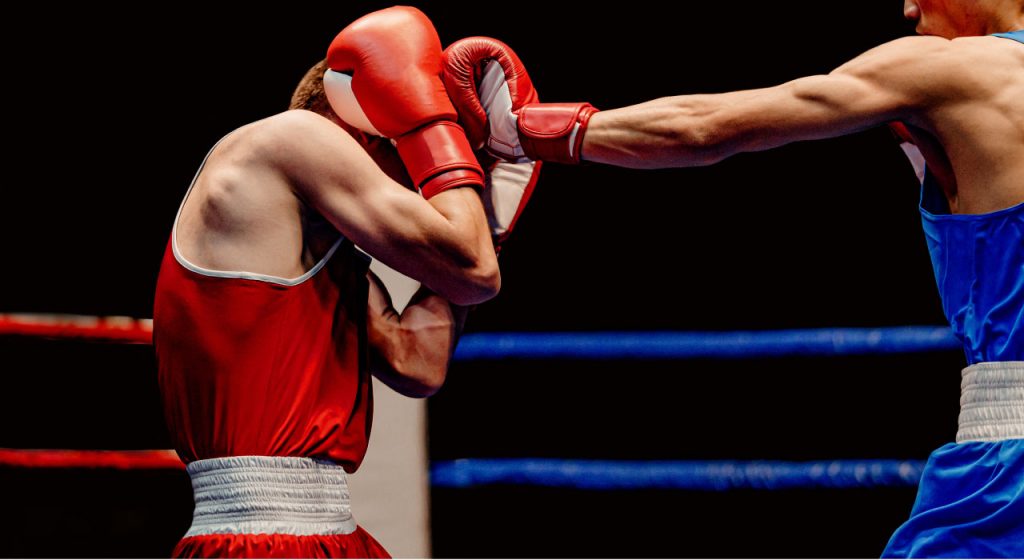
3. Kickboxing
The martial art kickboxing combines components of classical boxing with Asian martial arts. This is a mixture of punching and kicking. In kickboxing, a distinction is made between the variants light contact, full contact and semi-contact.
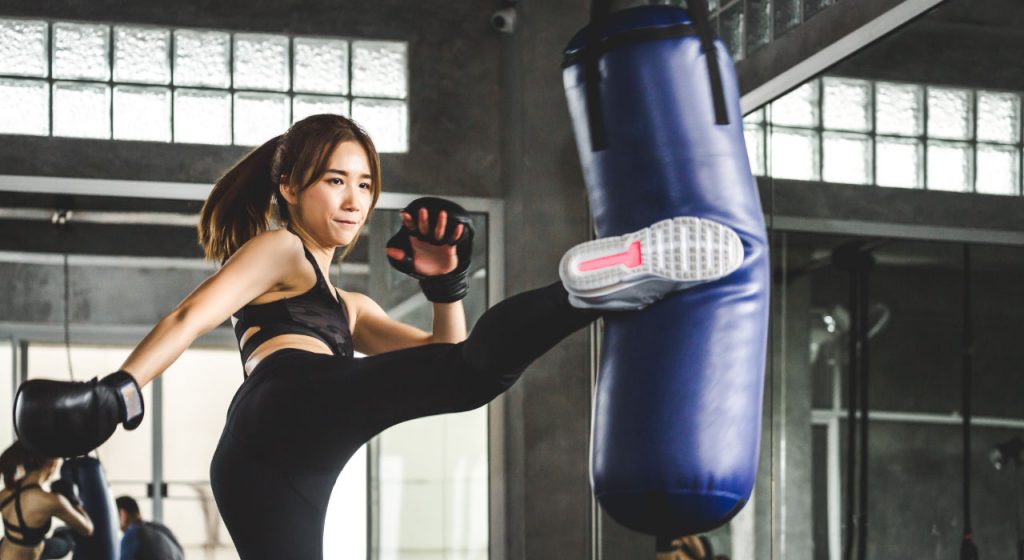
4. Karate
Karate is characterized by the combination of punching, blocking, kicking and thrusting techniques. This sport also combines elements of martial arts with elements of combat sports. Among other things, karate aims at speed and reaction. It is generally distinguished the following four styles of karate: Shotokan style, Wado-Ryu style, Goju-Ryu style and the Shito-Ryu style..
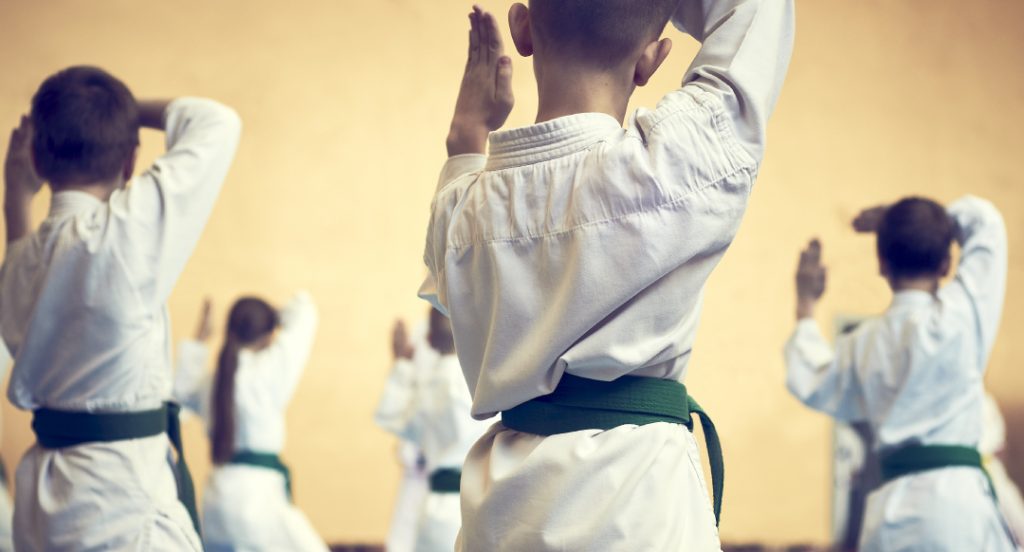
5. Judo
Also Judo is considered a competitive sport. The ultimate goal in judo is to defeat your partner by using throwing, falling, striking or ground techniques. Once you have thrown the opponent on his back and hold him or force him to give up by other techniques, the competition is won.
Judo is characterized by the following two principles:
- Sei-Ryoku-Zen-Yo: In this principle, the judoka (performer) takes advantage of weak points or mistakes of the opponent and uses his own strength wisely.
- Ji-Ta-Kyo-Ei: The second principle is especially about taking into account the age, physical and technical development and gender of the opponent. The goal is to take responsibility for his opponent.
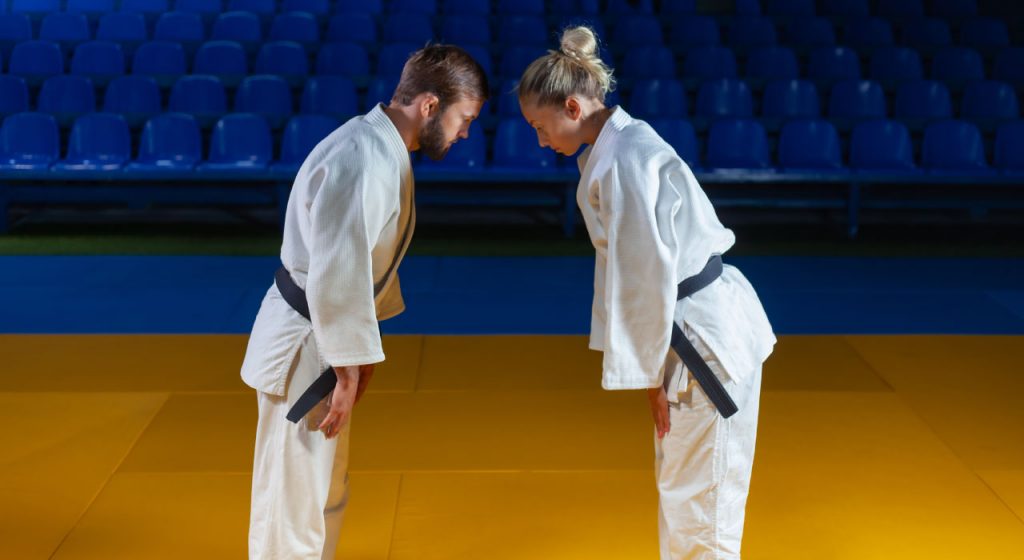
Video analysis in martial arts - What's the use?
The video analysis in martial arts can help to optimize the training and thus achieve better competition results as a result. This happens v.a. through video-assisted movement analysis and feedback training. The video analysis should be individually adapted to the respective methodology and the objective of the combat sport.
A solution could look like this...
Utilius kiwano for boxing and other martial arts
We have developed a multi-camera system that is used in boxing, among other sports. Several fixed cameras around and above the ring complement the video analysis system utilius kiwano. It is possible to supplement the system with flexible cameras at any time.
At the OSP Schwerin, we have successfully implemented a project in this context: PTZ cameras were installed in Schwerin, which can be aimed directly at the ring. In addition to this, cameras were installed that record the ring from above (for a better overview). This makes 100 images per second possible, so that no detail escapes the observer.
Detailliertere Informationen zu unserer Software am OSP Schwerin sowie weitere spannende Fakten zum Thema Videoanalyse finden Sie in unserem Praxisguide:

Features of utilius kiwano
With the help of Utilius kiwano it is possible to record athletes from multiple perspectives. To see results of movements more clearly, videos can be played synchronously and angles and distances can be measured. Moreover, the trainer can add comments to the videos. Last but not least, it is possible to access recordings from multiple devices.
Opportunities of the use of video analysis software in combat sports
All of the martial arts mentioned above are characterized by fast and especially complex movement sequences. With the help of video analysis in martial arts, coaches and athletes can precisely reproduce movements - this increases the learning success of the player.
Movements can be evaluated directly after they have been executed. This saves time and leads to another advantage: when feedback and corrections are made immediately after execution, the athlete learns better and faster.
In this way, software helps coaches perfect the movements and techniques of their athletes.
The objectivity that video analysis software makes possible in combat sports also plays an important role: Thus - in the case of a competition - the opinion of the referee is often decisive for victory or defeat. In this situation, it is a good idea to again objectively discuss what has been recorded. In this way, unfair judgments can be avoided.
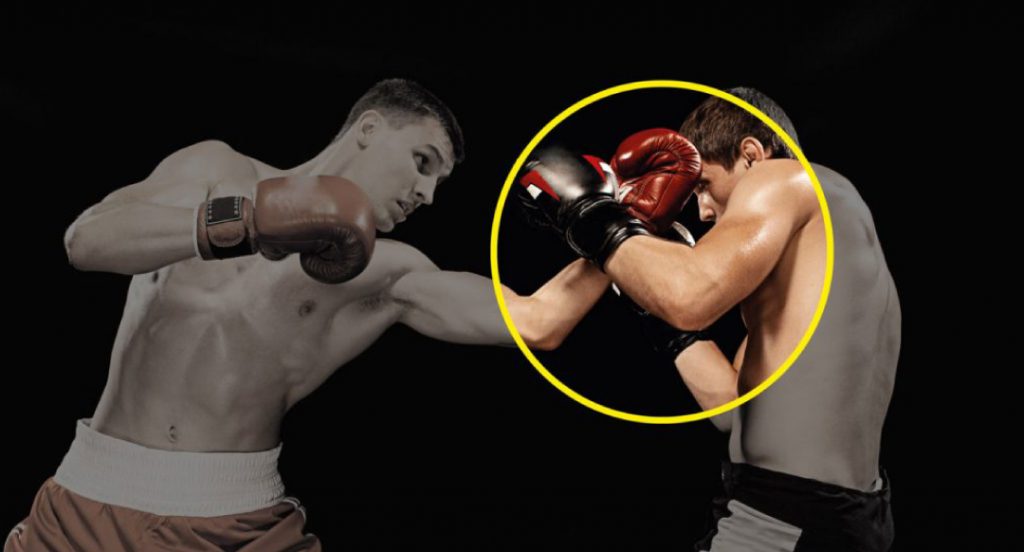
Conclusion
In martial arts it makes sense to support training or competitions with proper hardware (e.g. fixed cameras) as well as software (e.g. video analysis software). Especially for fast movements, digital support can help to make training sequences more efficient and to keep a better eye on certain movement sequences, to improve them faster or to avoid mistakes. In soccer, video analysis has already been the norm for several years...why not in martial arts?

The world is growing digital, there is need to get such software for match analysis for the following reasons:
1. To be sure of the judgement outcome postbout.
2. To analyze the scoring punches(if in boxing) and non scoring moves.
3. To initiate important improvement needs for the concerned athletes.
4. To correct errors made by some players before they are adopted within own team.
5. To derive better options for the concerned athletes. And so much more